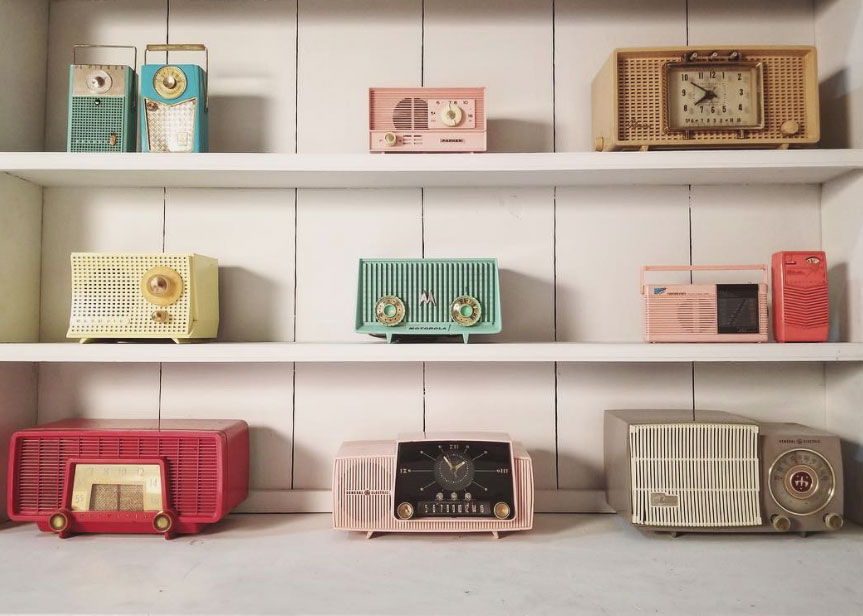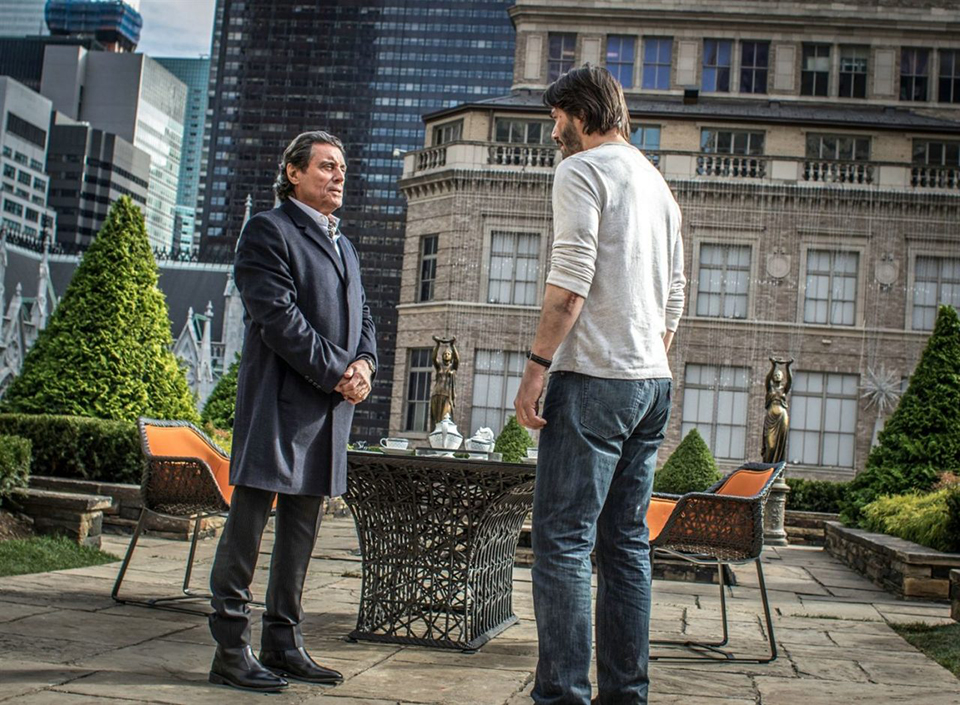How Do Artworks Get Onto Movie Sets? We Asked the CEO of Newel, the Decorative-Arts Retailer to the Stars


Artnet Galleries Team

Earlier this year, when Newel, the venerable New York decorative-arts retailer, received a return shipment of several items they had rented out, one of them looked a little different in appearance. A picture frame, empty when it had left their warehouse, now had a photograph of Hugh Jackman in it.
“They forgot to take the picture out,” said Jake Baer, Newel’s CEO. “It’s the story of my life.”
The renter was a production company; the frame was a prop on the set of The Greatest Showman, a new film about P.T. Barnum that is set to come out this December.
This isn’t an uncommon occurrence for Newel. The company, which splits its business between a gallery and a prop-rental company, has furnished thousands of film, TV, and theater sets since it opened its doors nearly 80 years ago, from movies like Spiderman and John Wick 2, to episodes of Law & Order and Sex and the City, to weekly tapings of Saturday Night Live. (In fact, SNL‘s production design department camps out in Newel’s warehouse every Friday to plot the schematics for that Saturday’s show.) Chances are, if you’ve seen a movie or TV show in the last 20 years, you’ve glimpsed Newel’s inventory somewhere in the background.

A scene from John Wick: Chapter 2, with Newel products in the background.
The company, which was founded by Jake’s great-grandfather Meyer Newman in 1939, began as a prop house, filling out the sets of Broadway productions. Rentals remained the primary offering of the company for some 30 years, before the second part of the business—the antiques and decorative-arts gallery—came into fruition in the 1970s as collectors began approaching Newman about selling some of his rarer or more valuable artifacts.
“The entertainment industry has always been in our DNA,” said Baer. “What’s great about having those roots is that it really allowed our business to develop an eclectic inventory. We’ve never been pigeonholed into a style or period, which allows us operate like a mutual fund within the design industry. We want to have every style and category of pieces and put it all under one roof—even if that roof is getting a little tight right now.”
Newel now operates two spaces: a 9,000-square-foot gallery and showroom in Manhattan, and a 65,000-square-foot warehouse in Long Island City, which the company recently expanded into after outgrowing its previous secondary home, which was half the size. But still, the space isn’t enough for Newel’s expansive collection, now over 25,000 pieces in total. Baer is already looking at additional options for housing it.
It’s not an easy task. Newel’s inventory is as varied as it is large. Products run the gamut from rare antique and design offerings (such as Arbus cabinets and Adnet desks) to strange items you likely didn’t know existed, let alone were available for rent or purchase—a 15-foot-tall octagonal Venetian birdcage, for instance, or a set of hand-turned wooden dumbbells. Some items are only available for sale, some are only available for rent; most are available for both.
At its heart, Newel is a family company. When Baer stepped into his role as CEO earlier this year, he became the fourth in his family line to run the company. Meyer Newman, the founder, was succeeded by his son (and Baer’s great-uncle) Bruce Newman in 1972, who in turn passed the business along to his nephew (Jake’s father) Lewis Baer in 2001.
Jake, like his predecessors, grew up around the company and worked in a variety of supporting roles—doing stints in the shipping, carpentry, accounting, and sales departments—before taking the reins. For him, those early experiences growing up in the thick of the business still inform his vision today.
“With the way some of these interior designers work, and how they’re able to try to create these homes—you really feel like you’re working with movie stars,” he said. “That’s how I felt when I was a little kid. I looked at these interior designers and set decorators and was in awe. Everybody’s a character, everybody’s different.”
“As a dealer,” he continued, “that’s what I want to inspire in others. I want to fuel people’s imagination and encourage them to think outside the box.”